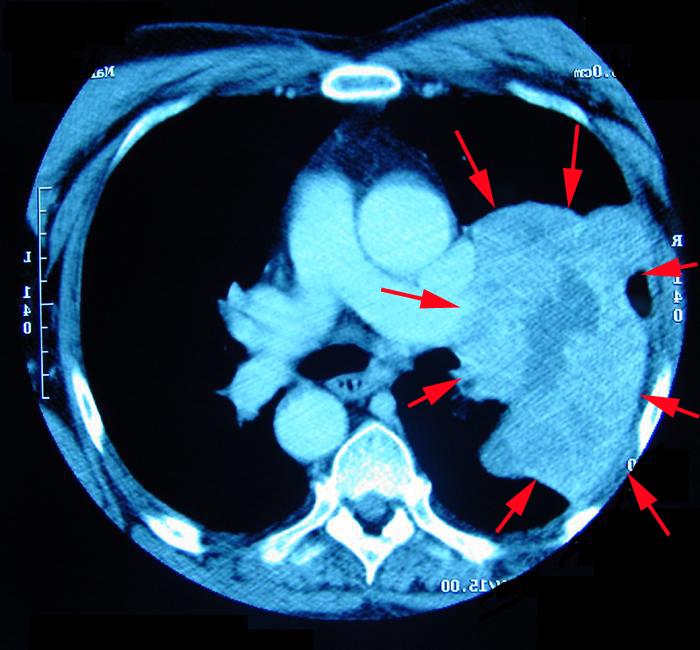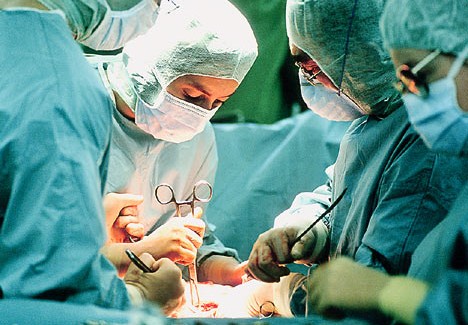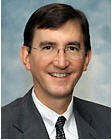The amygdala consists of 2 symmetrically placed small almond shaped structures located deep into the temporal lobe. It is connected to various brain structures and amygdala is involved in a wide range of behavioral functions. "We considered a single primate species, humans, and found that the amygdala volume positively correlated with the size and complexity of social networks in adult humans. They found the link was just as strong when they adjusted for age (older people have on average smaller amygdala volumes than younger people) and when they analyzed left and right amygdalas separately, indicating no lateralization of the effect" said Dr. Lisa Feldman Barrett, the study co-leader, from MGH's Psychiatric Neuroimaging Research Program and a Distinguished Professor of Psychology at Northeastern University.
To read the rest of this news, please visit:
 Researchers at the University of Cincinnati reported that
Researchers at the University of Cincinnati reported that  According to the results of the study that was presented at the 2010 congress of the Radiological Society of North America (RSNA) annual meeting in Chicago (IL, USA). Swedish researchers have launched a method by analyzing historic radiology pictures for easing the burden of future osteoporotic fractures.
According to the results of the study that was presented at the 2010 congress of the Radiological Society of North America (RSNA) annual meeting in Chicago (IL, USA). Swedish researchers have launched a method by analyzing historic radiology pictures for easing the burden of future osteoporotic fractures. Radio frequency (RF) detection technology is used for the first time in Good Samaritan Medical Center and West Boca Medical Center in the operation rooms to prevent missing any foreign items my mistake inside the patient during the surgery.
Radio frequency (RF) detection technology is used for the first time in Good Samaritan Medical Center and West Boca Medical Center in the operation rooms to prevent missing any foreign items my mistake inside the patient during the surgery. According to a study, from the University College London, Transvaginal ultrasound features high specificity and sensitivity for diagnosing endometrial cancer. The researchers discovered that transvaginal ultrasound is useful for high-risk groups prone to endometrial cancer and especially in the management of postmenopausal females subjecting to pelvic scans for causes different from vaginal bleeding.
According to a study, from the University College London, Transvaginal ultrasound features high specificity and sensitivity for diagnosing endometrial cancer. The researchers discovered that transvaginal ultrasound is useful for high-risk groups prone to endometrial cancer and especially in the management of postmenopausal females subjecting to pelvic scans for causes different from vaginal bleeding. According to New York Times, debates have been taking place since the release of breast cancer screening recommendations over than one year ago; it was reported that there are still "lingering, uncomfortable questions about when and how often to undergo breast cancer screenings, and how to balance the benefits of early diagnosis with the harms of
According to New York Times, debates have been taking place since the release of breast cancer screening recommendations over than one year ago; it was reported that there are still "lingering, uncomfortable questions about when and how often to undergo breast cancer screenings, and how to balance the benefits of early diagnosis with the harms of  The American College of Radiology (
The American College of Radiology ( Magnetic Resonance Imaging
Magnetic Resonance Imaging



